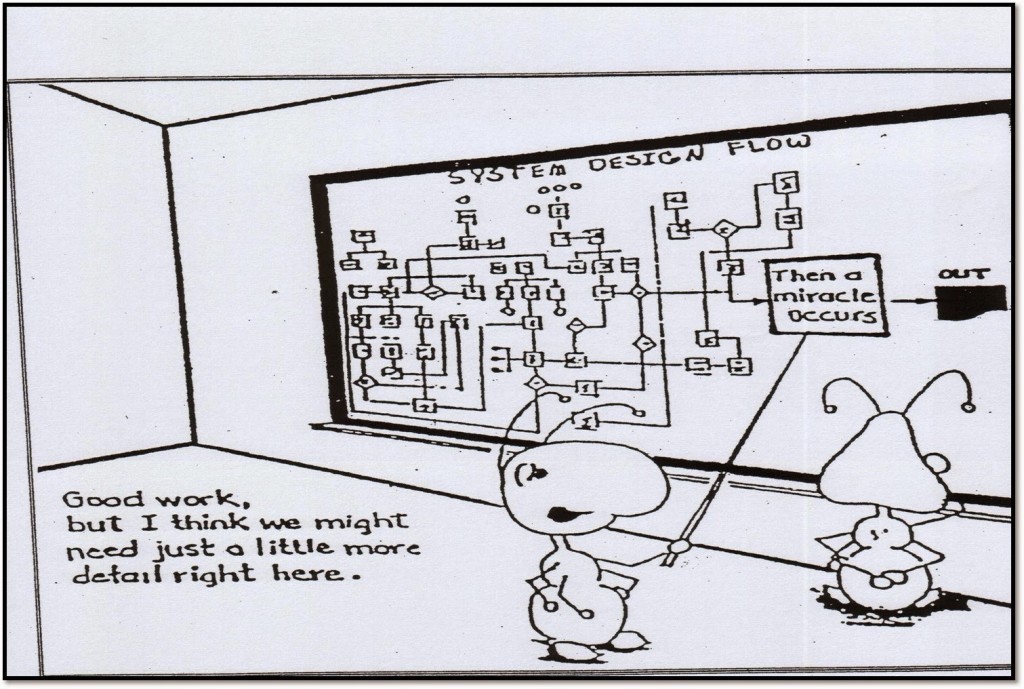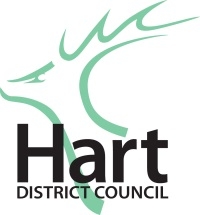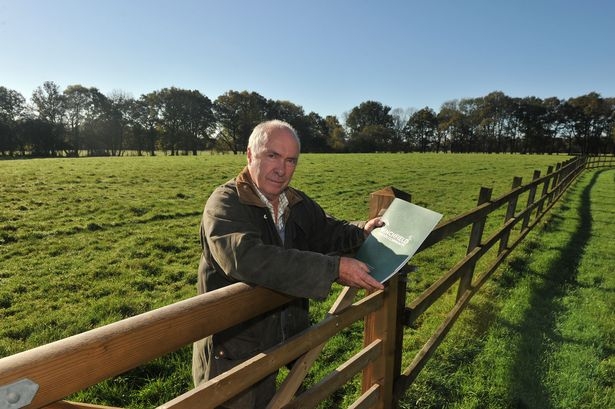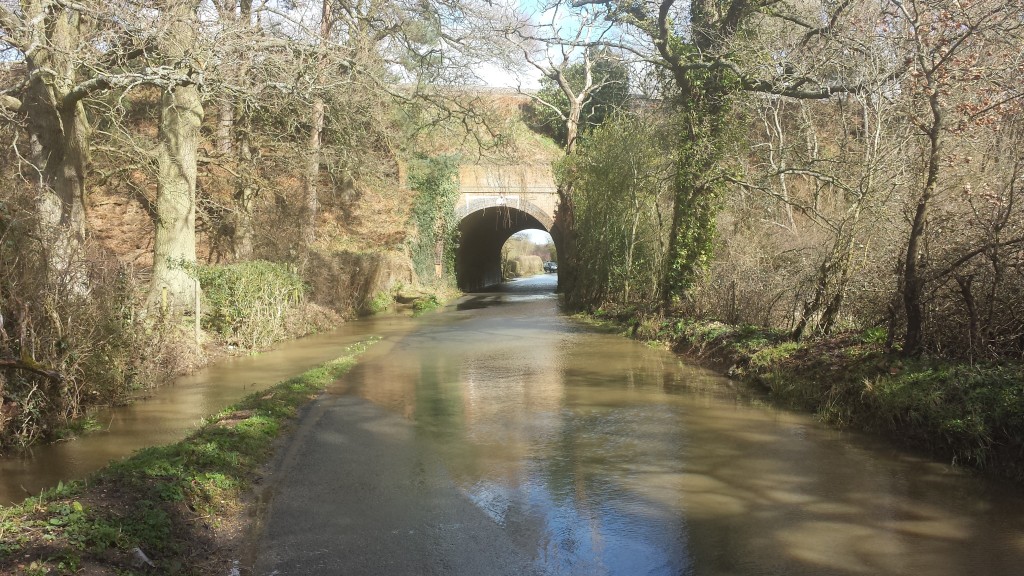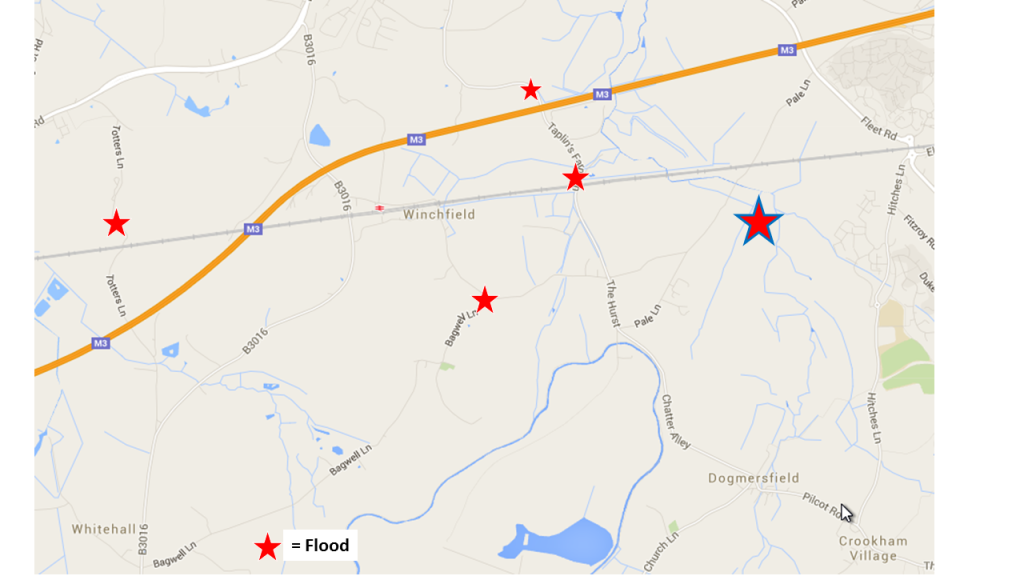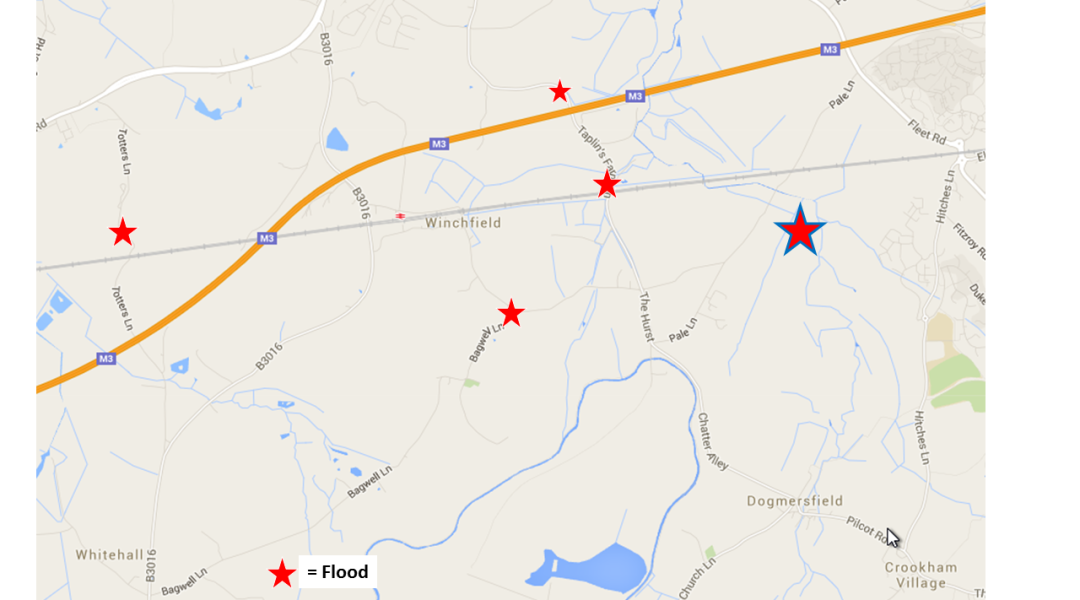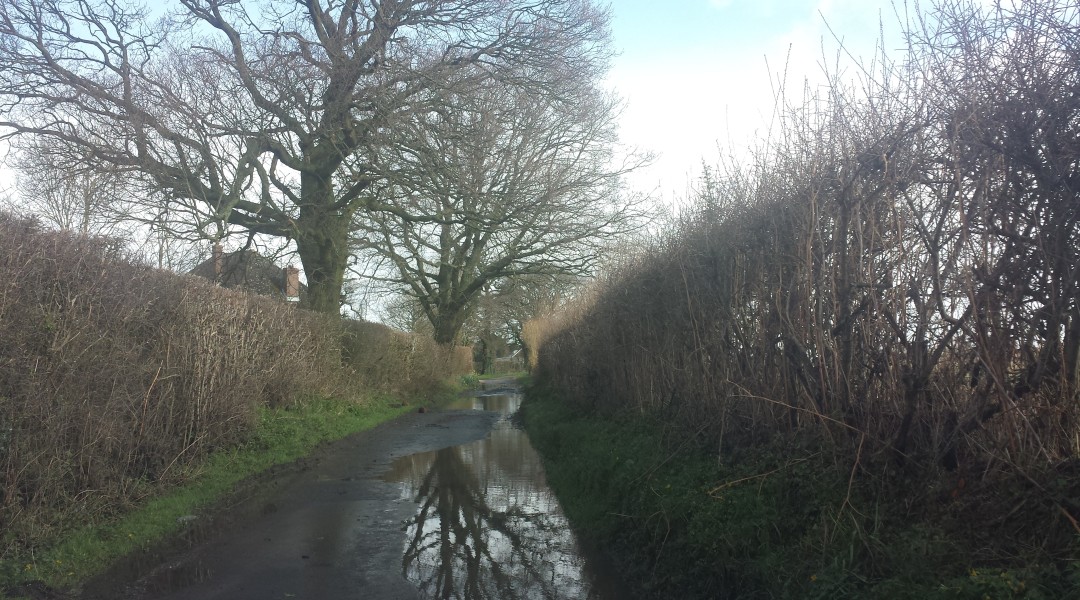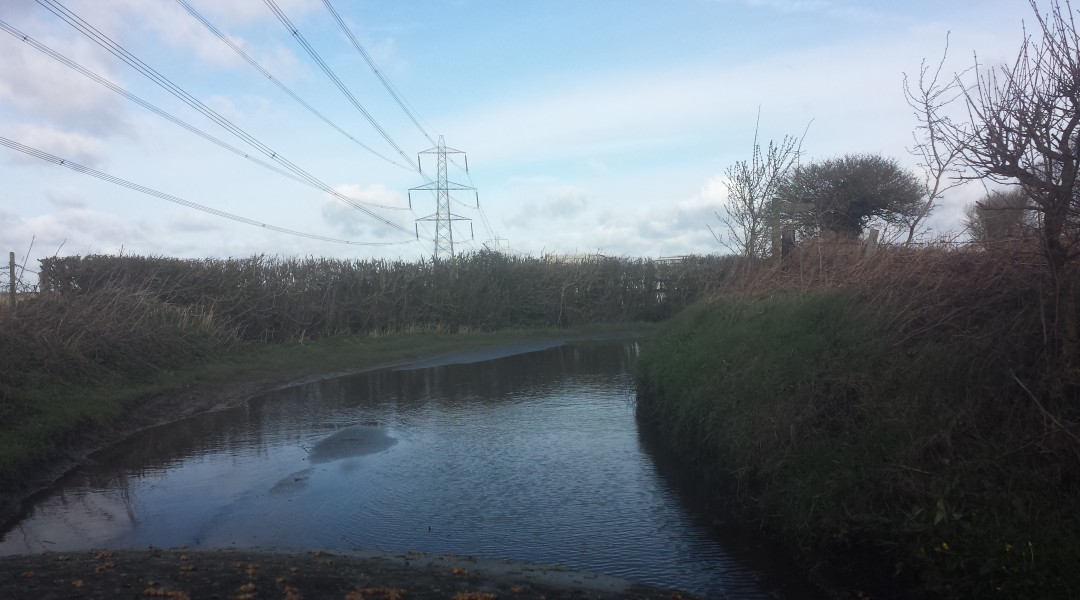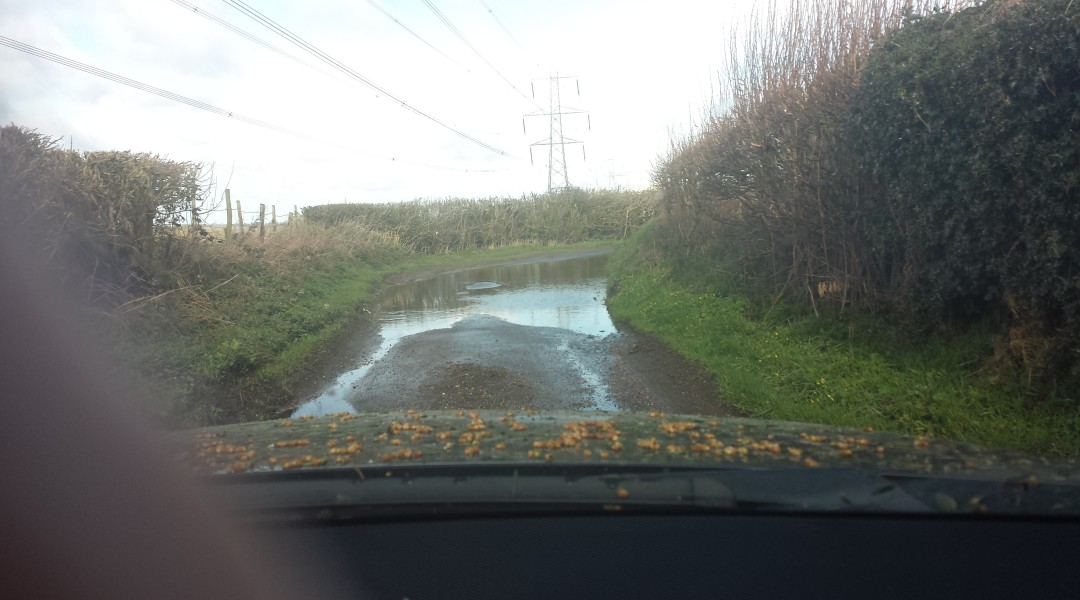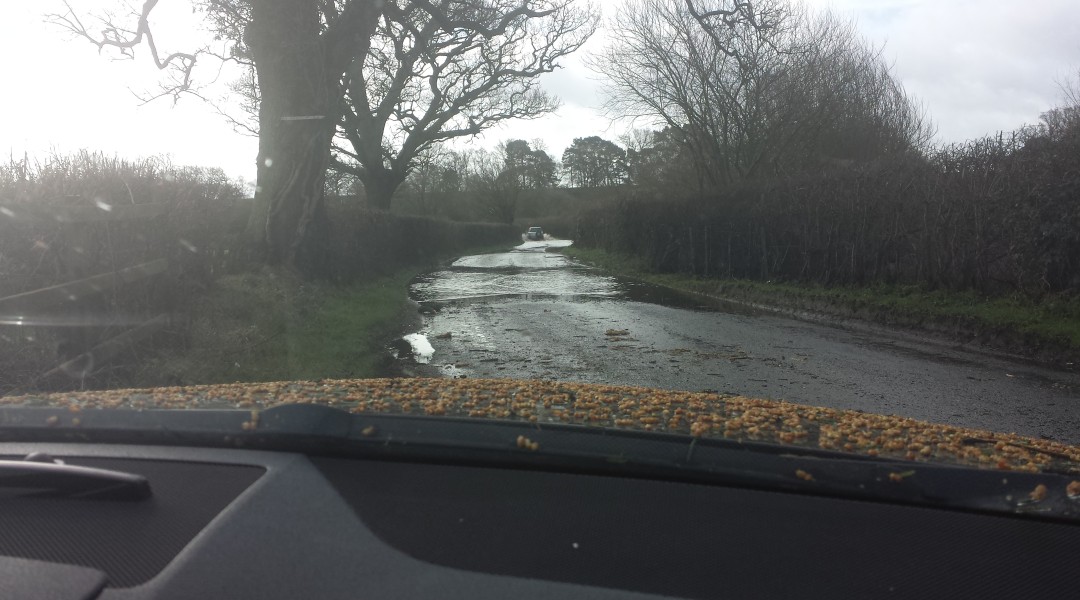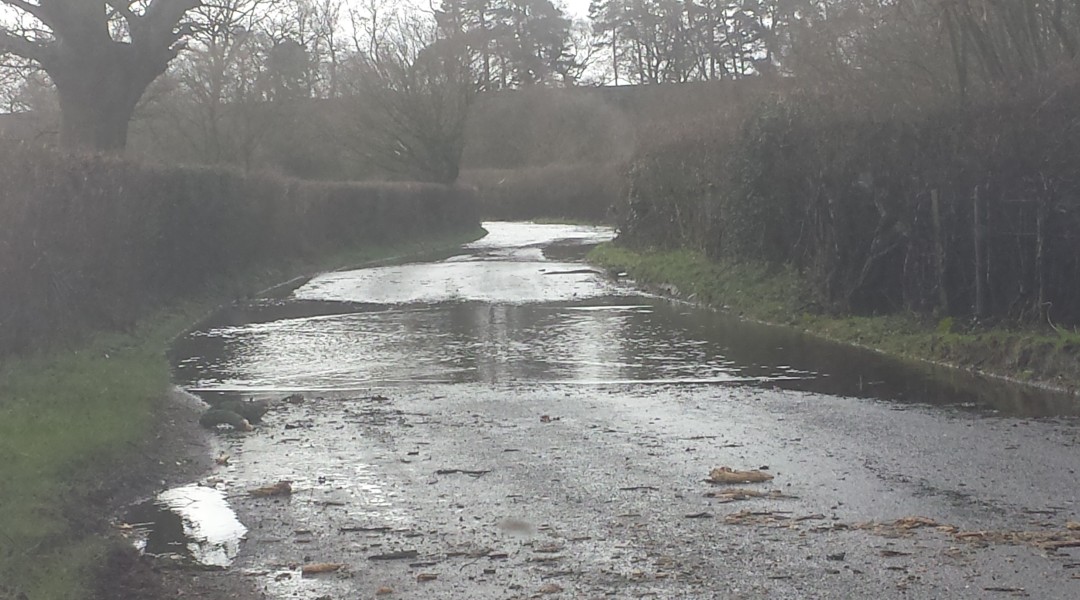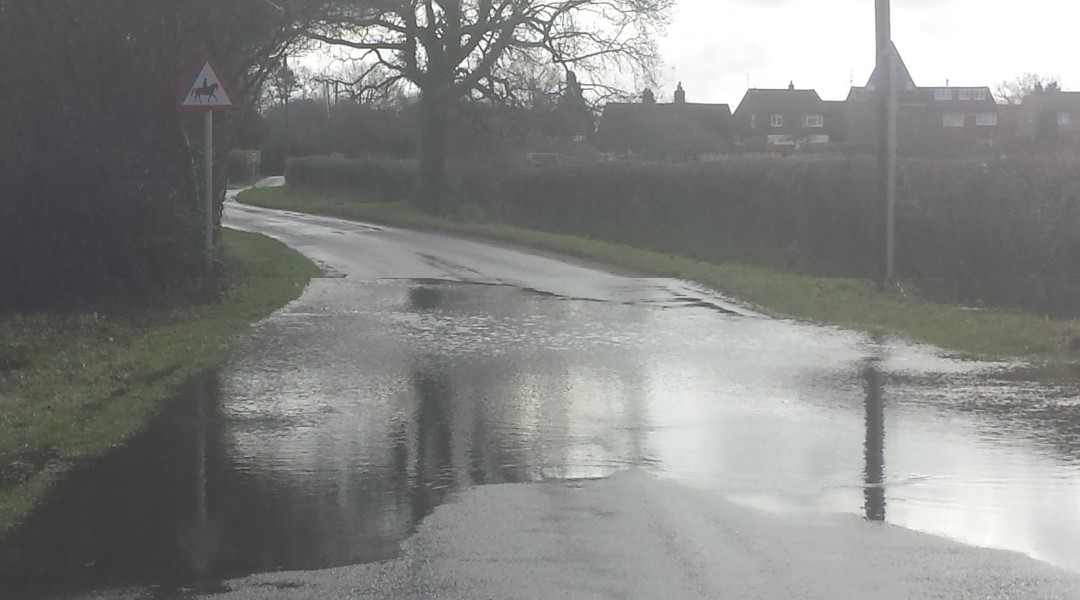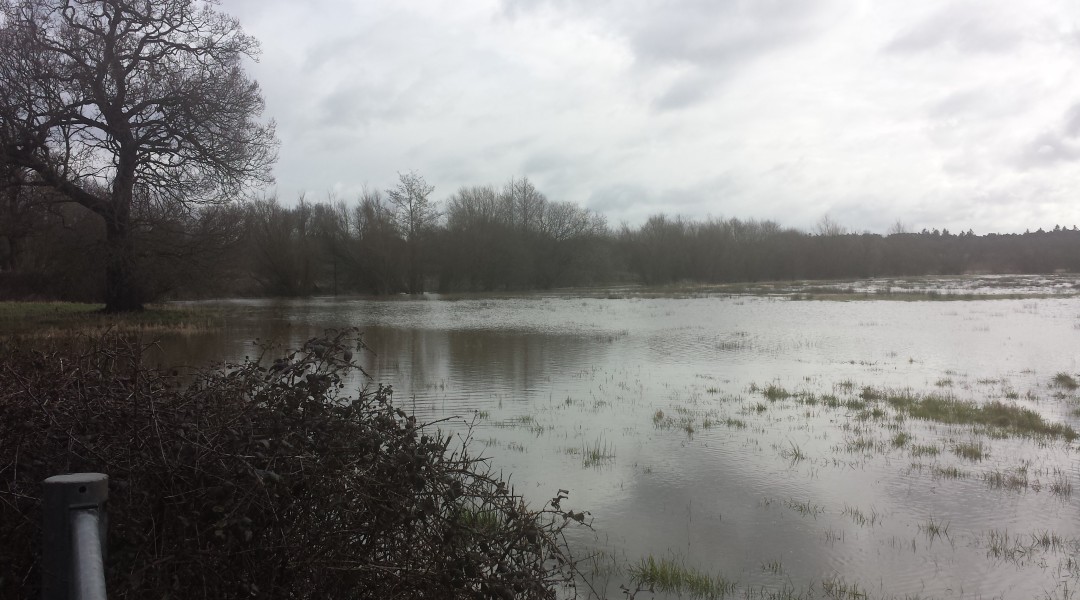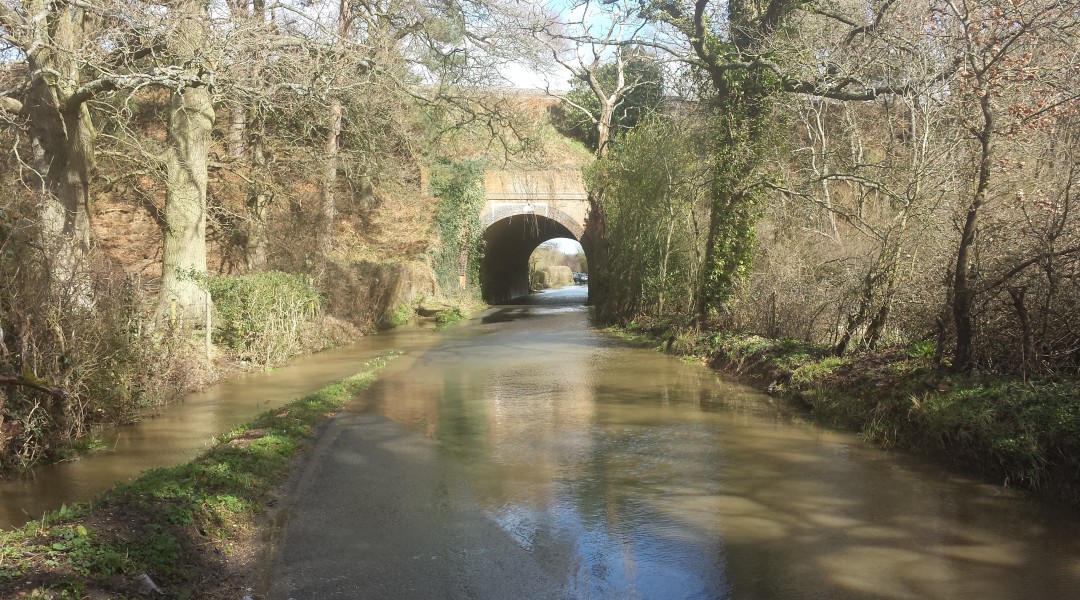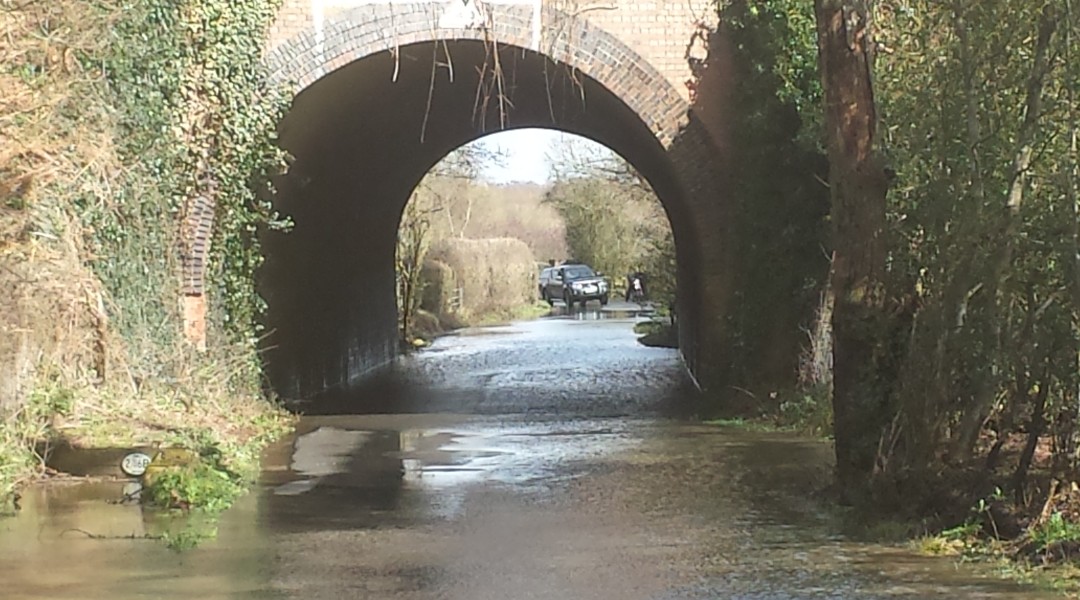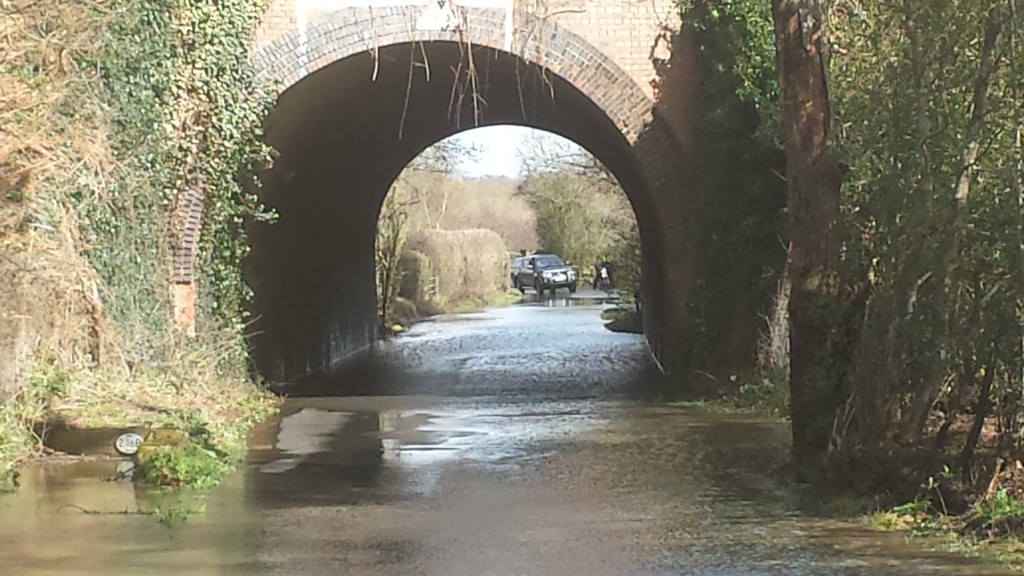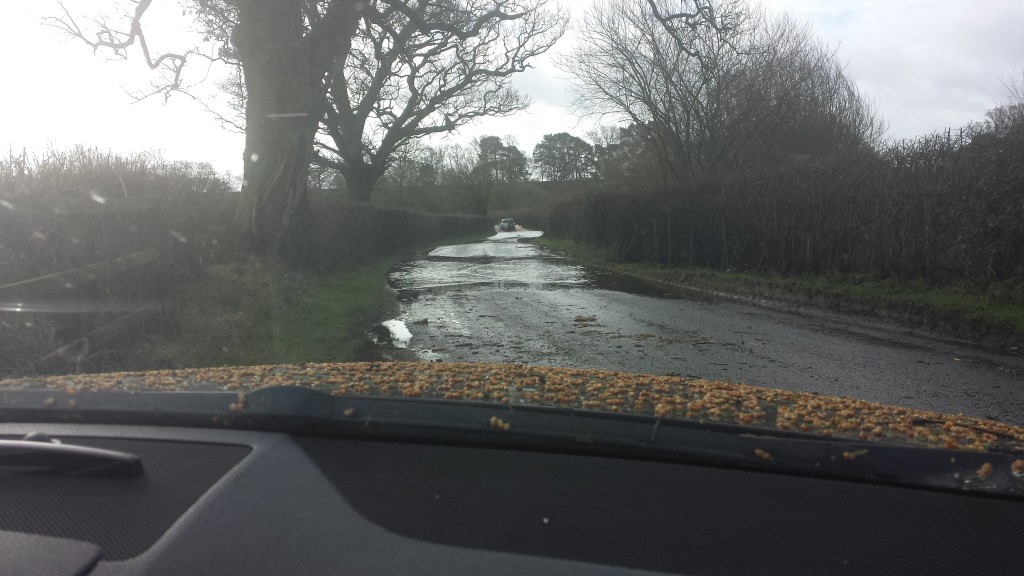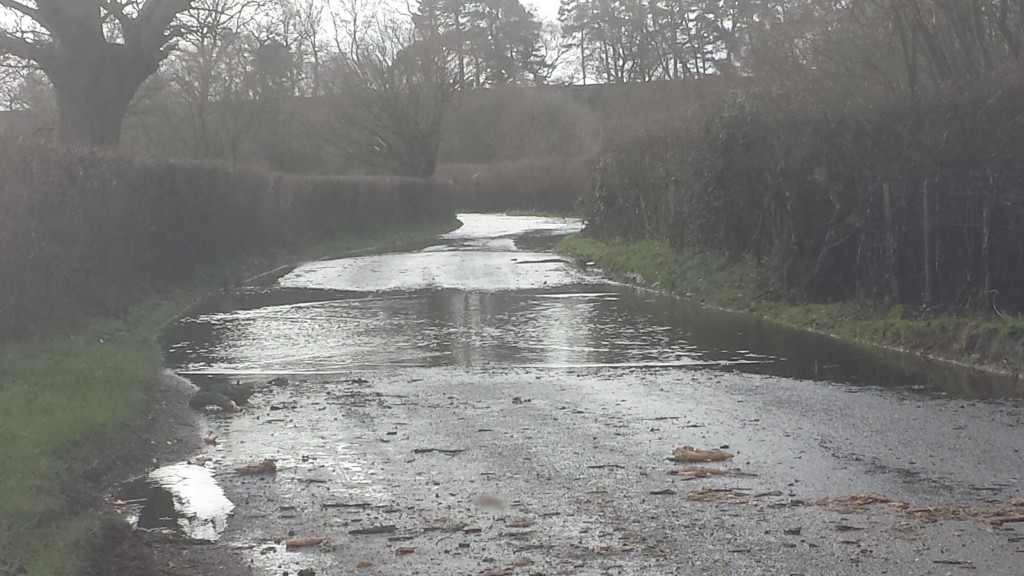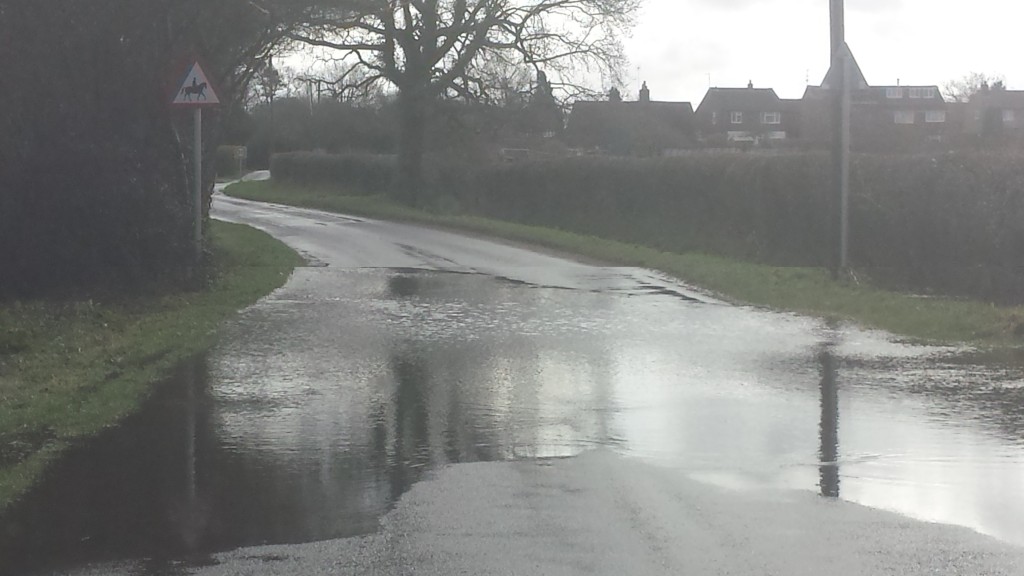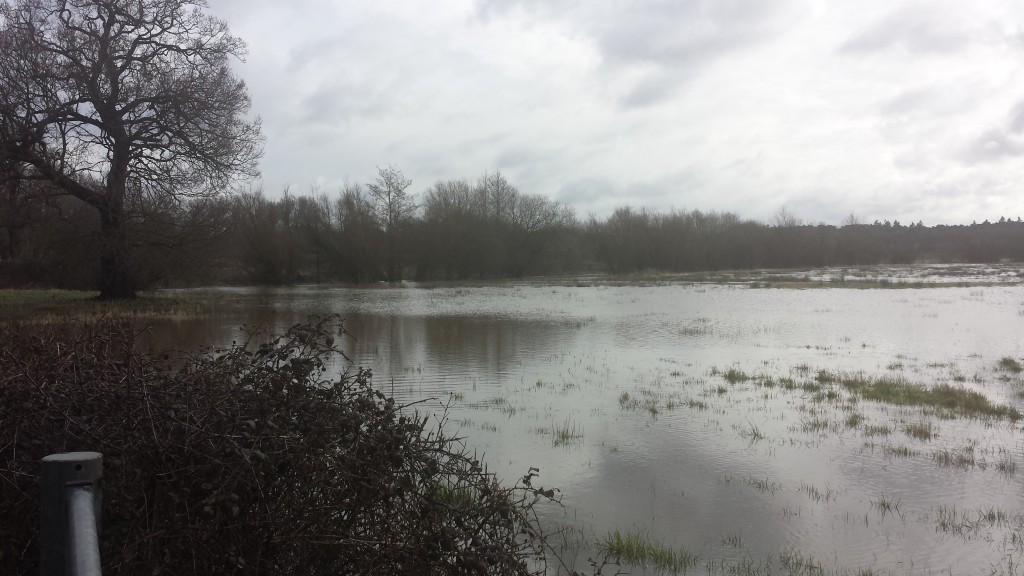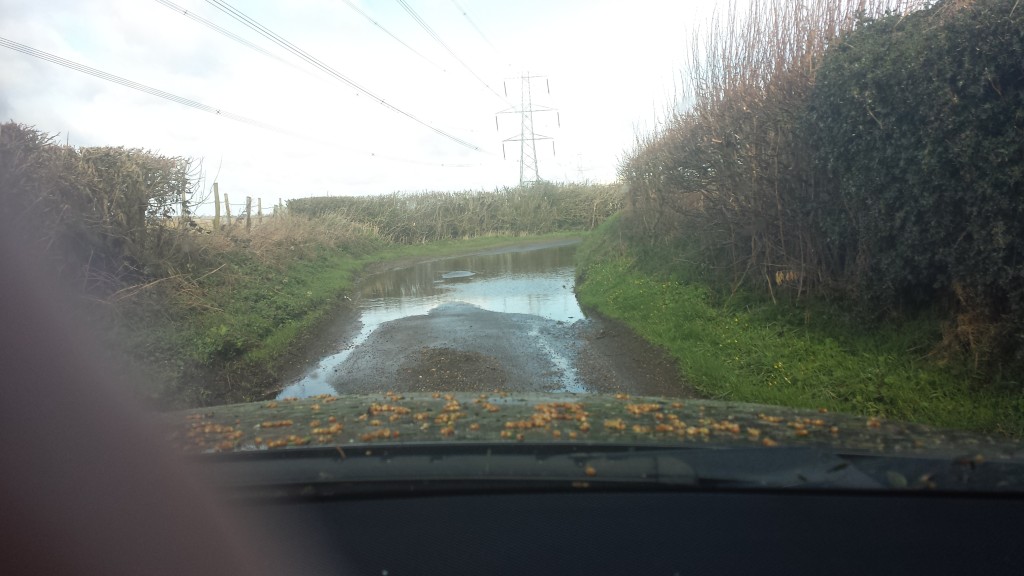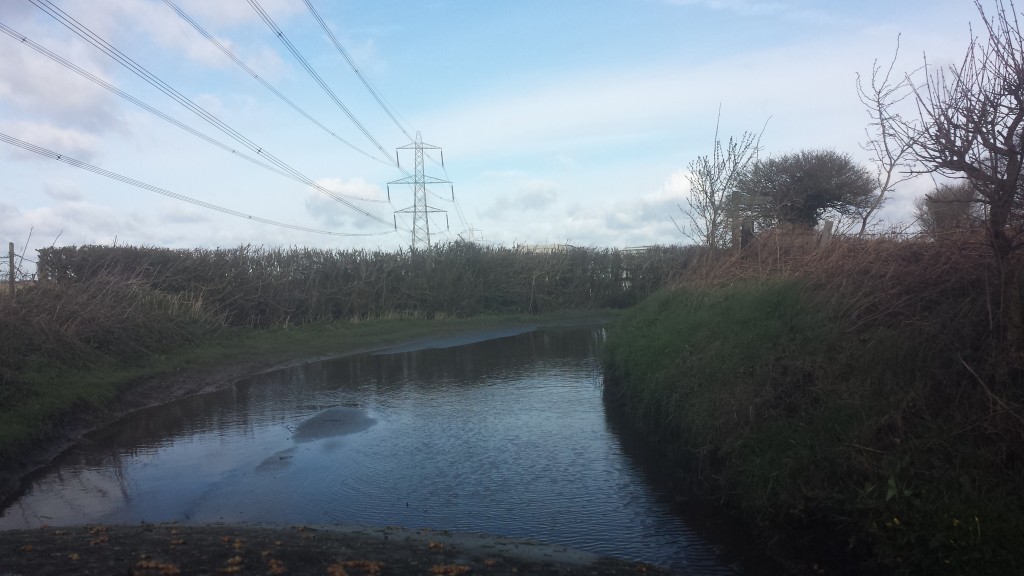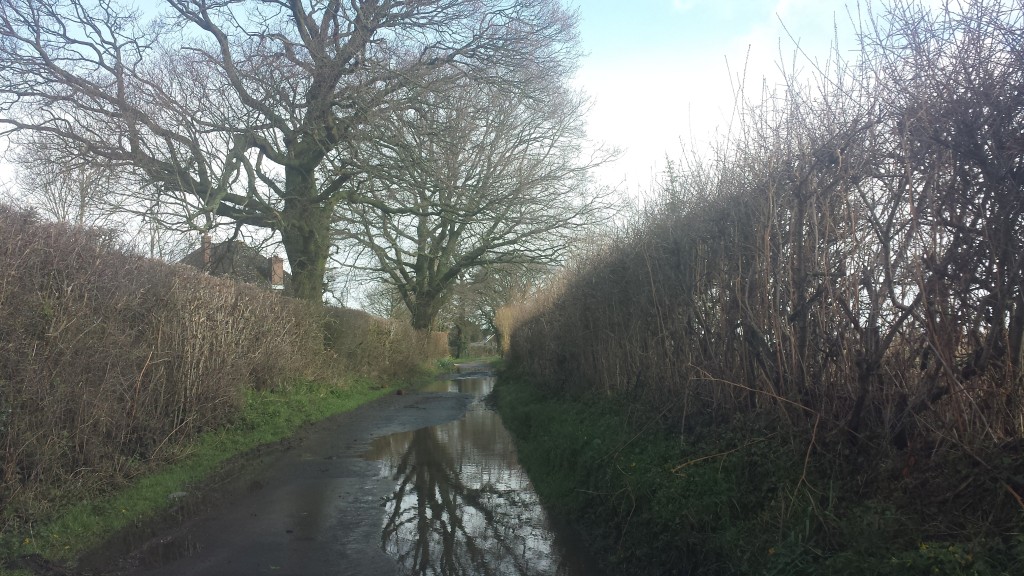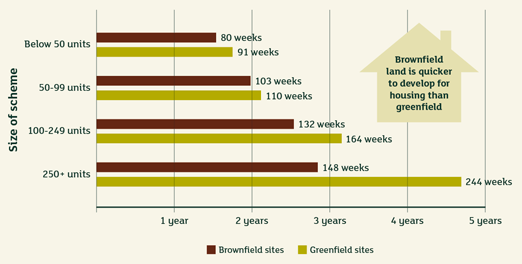
The consultation has now closed
The deadline for submissions to Hart Council’s Local Plan consultation is tomorrow, Friday 18th March. So, please do respond.
Here is a quick reminder of the key arguments to help you make up your mind on how to respond:
First, there is a brownfield solution to meet our remaining housing needs that will not require either a new town or new urban extensions. The proposed densities in the brownfield option are not at all demanding, with an average density on the SHLAA sites of around 25 dwellings per hectare. The proposed densities on the vacant office blocks are no different to some developments that Hart has already permitted on Fleet Road, such as the new McCarthy and Stone development. Our proposals do not include Pyestock (aka Hartland Park), which could deliver even more houses on brownfield sites into the future if Hart Council is successful in reallocating that site for housing.
Remember that Hart Council themselves said back in September that brownfield capacity was 1,800 units and now they have miraculously lost 75% of them. Since then, more sites have been identified and Hart has started to work with Government to build a brownfield register.
Second, we need to take a strategic view of the future and recognise that continuing to concrete over green fields equivalent to 25 football pitches each year is not at all sustainable and our children and grandchildren would not thank us for doing that.
The advantages of a brownfield solution are:
- It preserves the very countryside that makes Hart such a great place to live,
- Produces a greener solution, making better use of existing infrastructure and more efficient housing,
- Delivers more of the smaller, more affordable housing of the types that we need to meet the needs of our young people aspiring to gain a foothold on the housing ladder,
- Delivers more specialist accommodation for the elderly in the right places for them as well as freeing up larger properties for growing families,
- Delivers infrastructure funding to existing communities where there is currently a £78m funding deficit
- Lower risk of delivery because it is spread across a large number of sites with multiple developers
Of course, the new town proposal that is in the consultation has been undergoing testing for over a year now, and has identified a number of significant barriers including education, transport and foul water drainage. The evidence to date shows the new town is simply not viable because the costs of the infrastructure required for a new town are astronomical and would never be met by developer contributions. One of the main arguments used in favour of a settlement at Winchfield, the presence of a railway station, is undermined by the suggestion that the station would have to be relocated to support the new town. If Hart were to choose the new town option, it runs the risk of not passing inspection because infrastructure delivery could not be guaranteed.
Finally, whilst we hope that the new Strategic Housing Market Assessment, (SHMA) when it is eventually delivered in June will result in a lower housing target for Hart, Rushmoor and Surrey Heath. But until then, the threat of Hart having to build 3,000 for those districts is very real. Support for a new town will create capacity to build these extra houses which will mean we will end up with the worst of all worlds, a new town, urban extensions and dispersal across the district.
So, we urge all residents of Hart to reject a new town, reject urban extensions and get behind a brownfield solution and give Hart Council further encouragement to step up their efforts in this regard by responding to the consultation and putting support for a brownfield solution in the comments.
If you responded to the previous consultation and gave your email address, you should have been contacted by the council asking you whether you want to re-submit your response to the new consultation. If you have received that e-mail, we recommend you re-submit your prior submission. This can be done here.
If either you did not respond to the last consultation, want to modify your submission or you did not give your email address before, then you will need to submit a brand new response here. Please make sure all of your friends and family respond too.
We have created a dedicated consultation page and updated our two guides to responding to the consultation that are available on the downloads below. The comments are designed to be cut and pasted into the boxes provided. It will be very powerful if you could edit the comments into your own words. Please do find time to respond to the consultation and play your part in saving our countryside.
Full version:
Responses to Local Plan Consultation
2 Minute version:
Respond to Local Plan Consultation in 2 minutes
